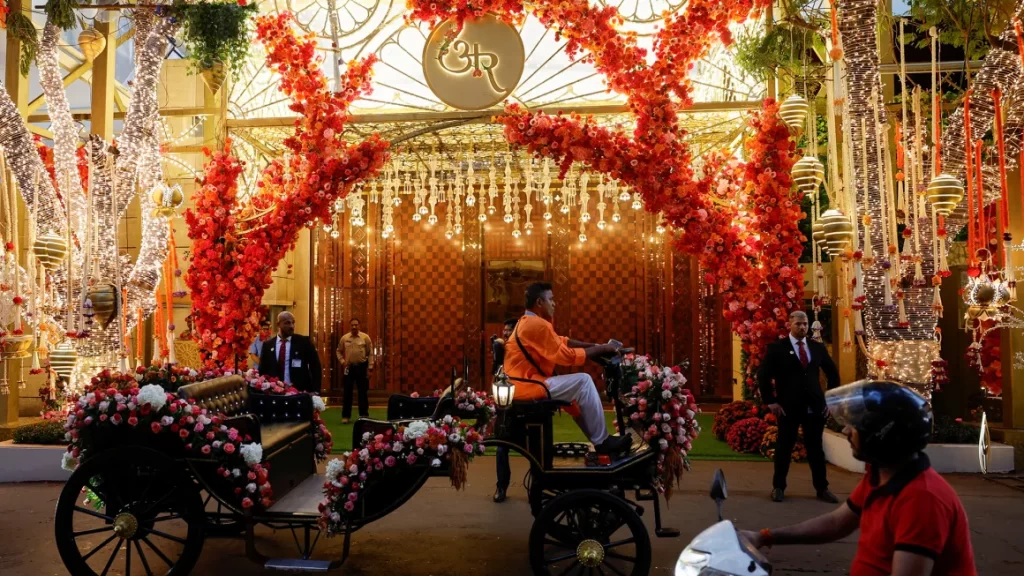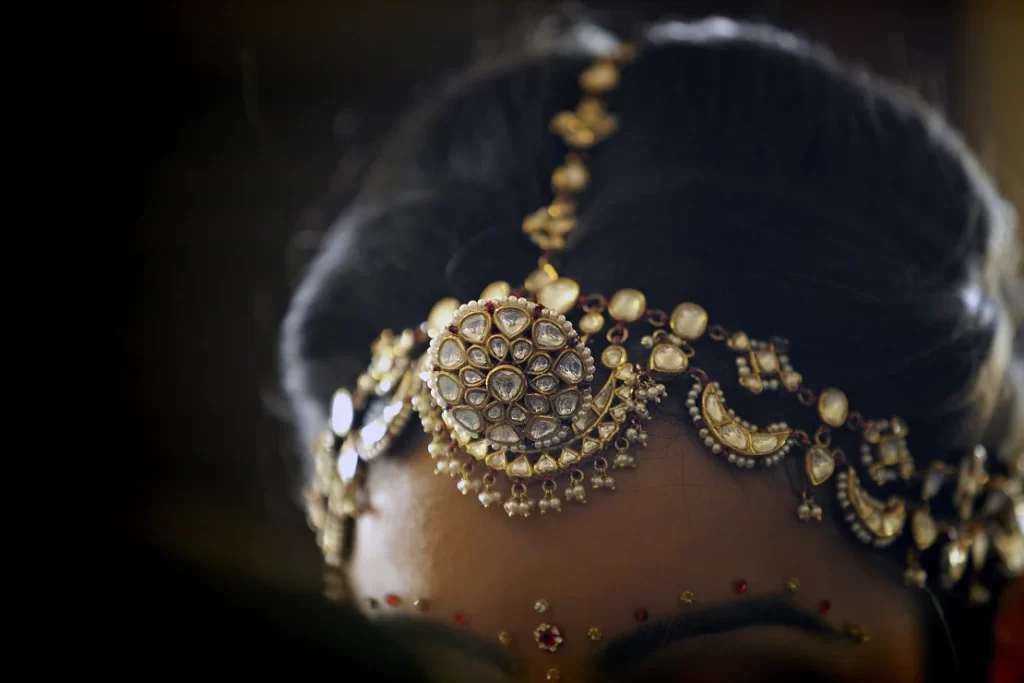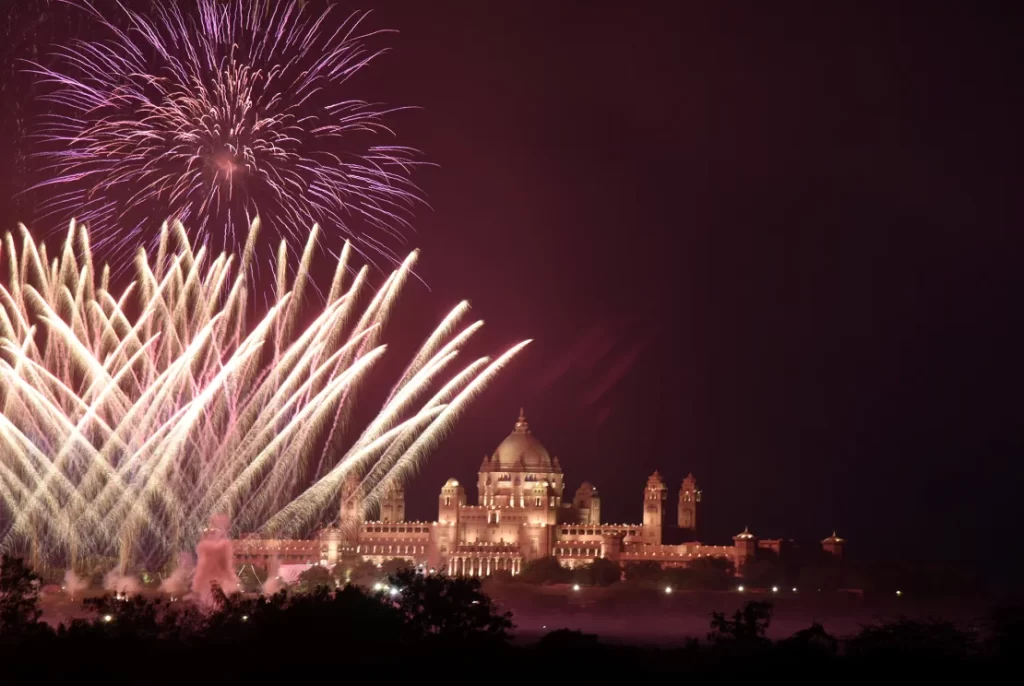In a dazzling display of wealth and influence, the upcoming nuptials of Anant Ambani, son of India’s richest man Mukesh Ambani, to Radhika Merchant have captivated the nation and shed light on India’s burgeoning luxury wedding industry. The pre-wedding festivities, marked by star-studded guest lists and lavish celebrations, offer a glimpse into the changing landscape of Indian weddings and their growing economic impact.

The Ambani pre-wedding celebrations have set new benchmarks for opulence in Indian weddings. Recent events featured performances by international pop stars like Justin Bieber and Rihanna, attracting global attention. The guest list has included Silicon Valley billionaires such as Mark Zuckerberg and Bill Gates, alongside Bollywood celebrities, underscoring the Ambani family’s far-reaching influence in both business and entertainment spheres.

India’s wedding industry, valued at an estimated $130 billion, has nearly doubled the size of its American counterpart. This growth reflects India’s rising economic power and the increasing number of ultra-high-net-worth individuals in the country. According to a report by Knight Frank, the number of Indians with a net worth of at least $30 million is projected to increase by 50% over the five years to 2028, the highest growth rate globally.
The average luxury Indian wedding can cost between $200,000 and $400,000, excluding expenses on jewelry and attire. These events often span several days and include accommodation at five-star hotels, gourmet catering, elaborate decor, and entertainment by national and international celebrities. The Ambani celebrations have taken this to new heights, with custom-built venues, drone light shows, and performances by global music icons.

The ripple effects of such high-profile weddings are felt across various sectors of the Indian economy. The jewelry industry, in particular, benefits significantly, with bridal spending accounting for over half of the total jewelry market in India. The recent display of an enormous emerald necklace worn by Nita Ambani, the groom’s mother, has sparked renewed interest in precious gems.
Other industries experiencing growth due to the luxury wedding trend include event planning, videography, and customized gift services. Vanessa Almeida, who managed the packaging and delivery of gifts for Ambani’s guests, noted a rising demand for similar party favors across the country.

The trend of destination weddings has also gained momentum, with wealthy Indians often choosing exotic locations abroad. This has led to both positive and negative impacts on local economies. While these events bring significant revenue to the chosen destinations, they can also cause disruptions to local life, as seen during the Ambani family’s Mediterranean cruise celebration.
Recognizing the potential economic benefits, the Indian government has launched a “Wed in India” campaign to encourage affluent families to host their weddings within the country. Prime Minister Narendra Modi emphasized that such events can provide livelihood opportunities for locals while allowing families to enjoy lavish celebrations.

As India’s economy continues to grow and its middle class expands, the wedding industry is expected to flourish further. By 2030, an estimated 600 million Indians are projected to be middle-class, representing over 80% of the country’s spending power. This demographic shift is likely to fuel even more extravagant celebrations across various economic strata.
The Anant Ambani-Radhika Merchant wedding, set to take place in the coming week, is not just a celebration of two individuals but a reflection of India’s evolving socio-economic landscape. It showcases the country’s growing wealth, its global connections, and the increasing importance of the wedding industry in driving economic growth across multiple sectors.
As the world watches this grand celebration unfold, it’s clear that the Indian wedding industry is set for continued expansion, with the potential to influence global trends in luxury events and celebrations.
CNN



